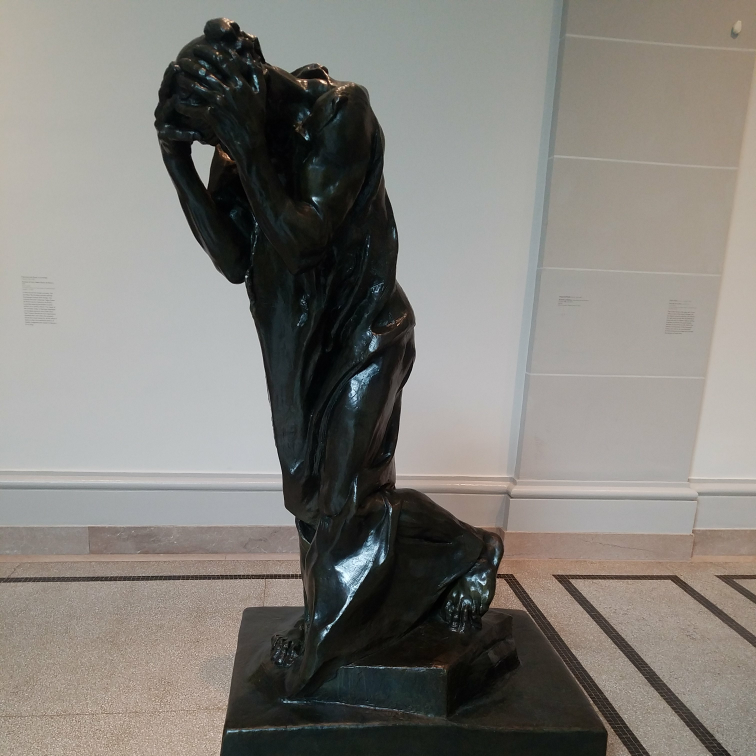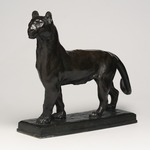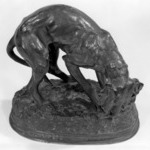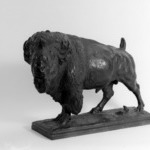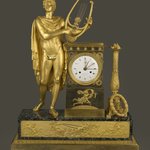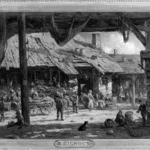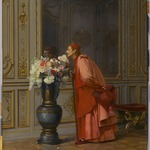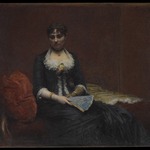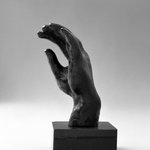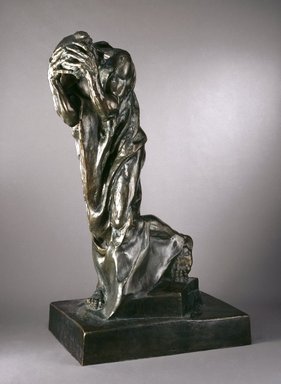
Andrieu d'Andres, Monumental (Andrieu d'Andres, monumental)
European Art
On View: Martha A. and Robert S. Rubin Pavilion, 1st Floor
The Burghers of Calais exemplifies Rodin’s ability to convey psychological states through gesture, posture, and the agitated surface of the body. Here, the artist emphasizes forward movement and physical power—as evidenced by the muscular arms—yet the bent head, covered by oversize hands, suggests the continuing internal conflict between heroic self-control and despair.
MEDIUM
Bronze
DATES
1888; cast 1983
DIMENSIONS
78 3/8 x 50 x 33 1/2 in., 931 lb. (199.1 x 127 x 85.1 cm) (show scale)



MARKINGS
Stamp for Fonderie de Coubertin: "F*C"
Copyright mark--Back, lower edge of base: "© by Musée Rodin 1983"
SIGNATURE
Base, corner near proper right heel: "A. Rodin"
INSCRIPTIONS
Base, corner near proper right heel: "No 3/8"
COLLECTIONS
European Art
ACCESSION NUMBER
87.106.3
CREDIT LINE
Gift of Iris and B. Gerald Cantor
EXHIBITIONS
MUSEUM LOCATION
This item is on view in Martha A. and Robert S. Rubin Pavilion, 1st Floor
CAPTION
Auguste Rodin (French, 1840–1917). Andrieu d'Andres, Monumental (Andrieu d'Andres, monumental), 1888; cast 1983. Bronze, 78 3/8 x 50 x 33 1/2 in., 931 lb. (199.1 x 127 x 85.1 cm). Brooklyn Museum, Gift of Iris and B. Gerald Cantor, 87.106.3. Creative Commons-BY (Photo: Brooklyn Museum, 87.106.3_SL1.jpg)
EDITION
Edition: 3/8
IMAGE
overall, 87.106.3_SL1.jpg. Brooklyn Museum photograph
"CUR" at the beginning of an image file name means that the image was created by a curatorial staff member. These study images may be digital point-and-shoot photographs, when we don\'t yet have high-quality studio photography, or they may be scans of older negatives, slides, or photographic prints, providing historical documentation of the object.
RIGHTS STATEMENT
Creative Commons-BY
You may download and use Brooklyn Museum images of this three-dimensional work in accordance with a Creative Commons license. Fair use, as understood under the United States Copyright Act, may also apply.
Please include caption information from this page and credit the Brooklyn Museum. If you need a high resolution file, please fill out our online application form (charges apply).
For further information about copyright, we recommend resources at the United States Library of Congress, Cornell University, Copyright and Cultural Institutions: Guidelines for U.S. Libraries, Archives, and Museums, and Copyright Watch.
For more information about the Museum's rights project, including how rights types are assigned, please see our blog posts on copyright.
If you have any information regarding this work and rights to it, please contact copyright@brooklynmuseum.org.
RECORD COMPLETENESS
Not every record you will find here is complete. More information is available for some works than for others, and some entries have been updated more recently. Records are frequently reviewed and revised, and we welcome any additional information you might have.




